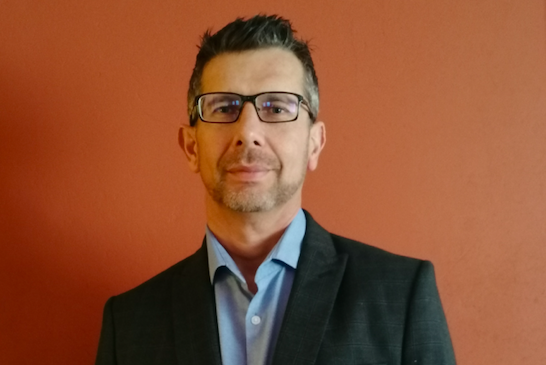Technology, Solutions and Innovations
The Business Case For 5G
We read a lot about how 5G will change the world, as well as the potential the technology holds for Africa. It makes for great and reading and it is an exciting prospect, but it is important to be pragmatic. Setting up 5G infrastructure comes with a massive price tag. This cost may well prove to be too much of an obstacle for South Africa and other African countries to navigate unless there is a very compelling business case. We know what broad, high-speed access can do for this continent, so how can we set up these networks to make sound business sense and profit?
Networking slicing
Ockert Oosthuizen, sales director of Amdocs South Africa, argues that network slicing is the key to monetising networks. It will provide the return on investment required to see a mass roll out of this technology in Africa.
While still in its infancy on the continent, communications service providers (CSPs) in various African countries are looking to 5G as an enabler to introduce new revenue streams, as well as to manage increasing capacity requirements more efficiently.
By leveraging several new technologies, 5G enables three major benefits not provided by the existing 3G/4G networks:
- Massively increased capacity, which enables enhanced mobile broadband so we can all work and play in the cloud.
- Reduced latency or delay, which opens up the possibilities of real-time applications,
- Massive connectivity to support enormous numbers of concurrent users derived, for example, from Internet of Things (IoT) sensors and devices continuously communicating with one another.
These open a world of possibility, from smart sensor monitoring to fixed wireless access to autonomous vehicles, smart cities, remote surgery and much more.
“Moving from the traditional 3G or 4G one-size-fits-all approach to one based on 5G network slices will enable services to be configured to the specific needs of disparate customers, applications and industries in Africa,” says Oosthuizen.
However, setting up these networks and realising their full potential to drive innovative revenue streams comes at a great cost. Enter 5G network slicing – the cornerstone of 5G architecture. 5G network slicing enables CSPs to split the physical network into multiple, virtual networks on top of a common shared network infrastructure across the radio access network, transport backhaul and the mobile core. The objective is to allow service providers to tune each network slice to the specific service use case in terms of capacity, latency and connectivity and then to measure and charge a premium for differentiated services and for enhancing the customer experience.
A game-changer
Where telecommunications networks have traditionally been designed to manage traffic at peak times, the 5G network – being virtual and with its built-in “programmability”– gives customers the ability to scale network resources on demand as needed and to accommodate changes in service and performance requirements. This allows them to offer varying levels of services, or slices, to enterprises and other users. Take emergency services, for example. A dedicated network for first responders – firefighters, police and ambulance personnel – allows for the expansion of communications to integrate features such as live videostreaming, real-time data and automation. It also allows for prioritised network access for personnel and devices based on multiple criteria such as agency, role, application and incident.
In the mining industry, 5G slicing enables enterprises to extend coverage where it was previously unavailable, as well as streamline infrastructure monitoring and telemetry – SCADA, CCTV and IoT – on a reliable, high throughput system.
Ultimately, the move from a massive physical network to one that is service-driven and cloud-based requires intelligent management and automation solutions. And, if effectively managed, it can become a profitable operational reality.
“After all, the primary driver behind business decisions is ensuring a return on investment. With this box ticked, the knock-on effect of a connected, digitally engaged society on a wide scale is suddenly a lot closer than previously anticipated. We are well and truly in the thrust of unlocking the full monetisation potential of 5G,” says Oosthuizen.
“Moving from the traditional 3G or 4G one-size-fits-all approach to one based on 5G network slices will enable services to be configured to the specific needs of disparate customers, applications and industries in Africa.” – Ockert Oosthuizen.





